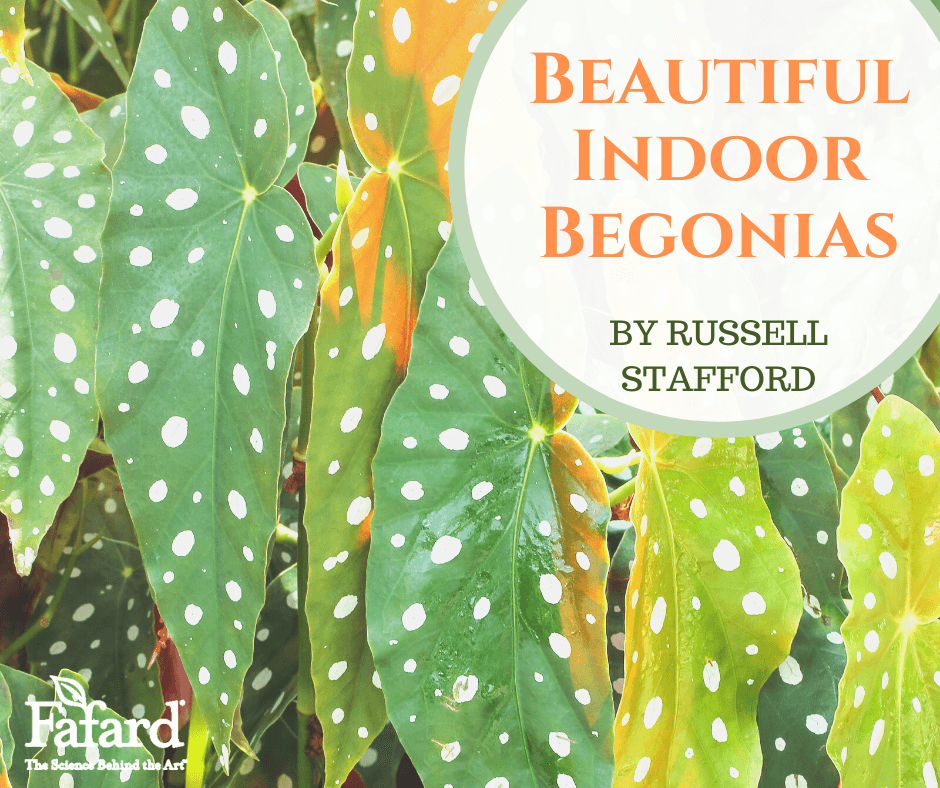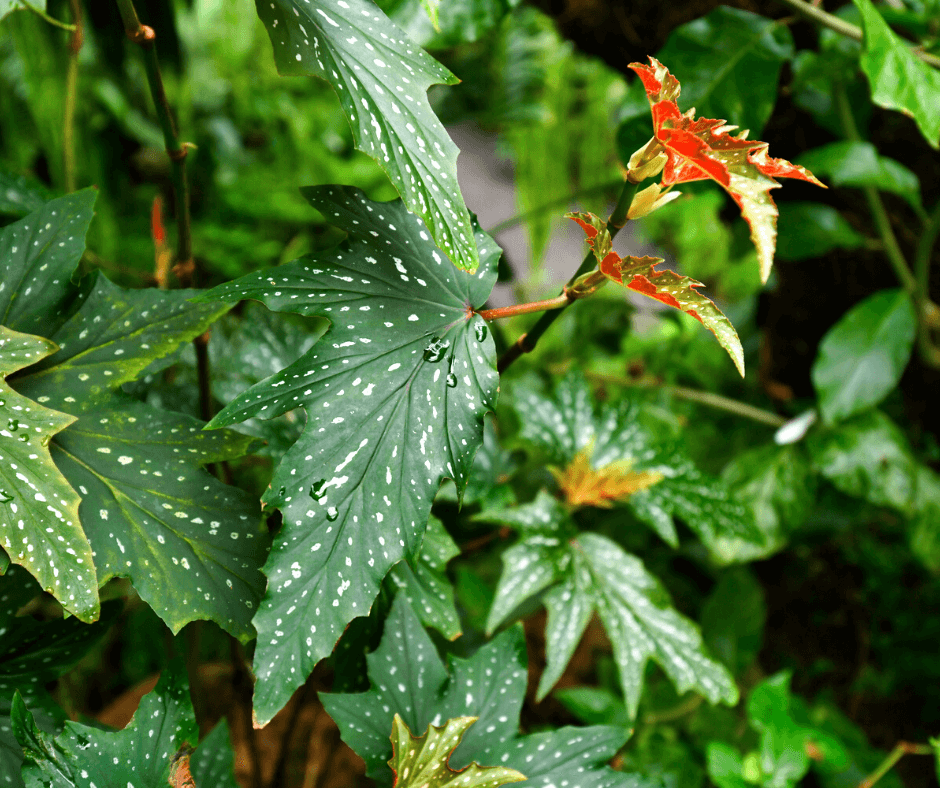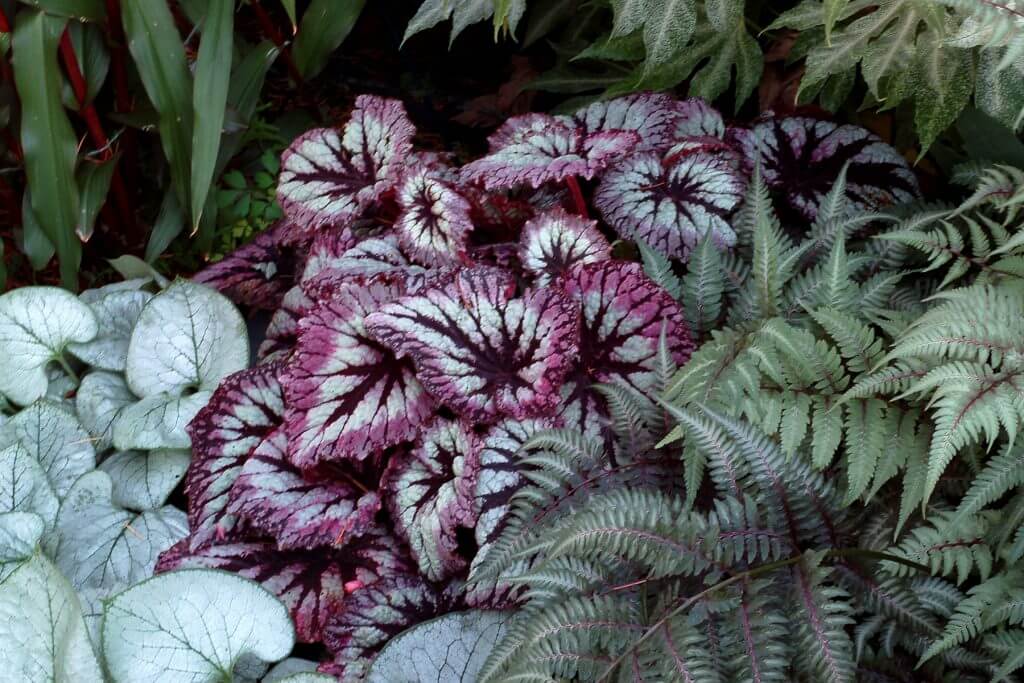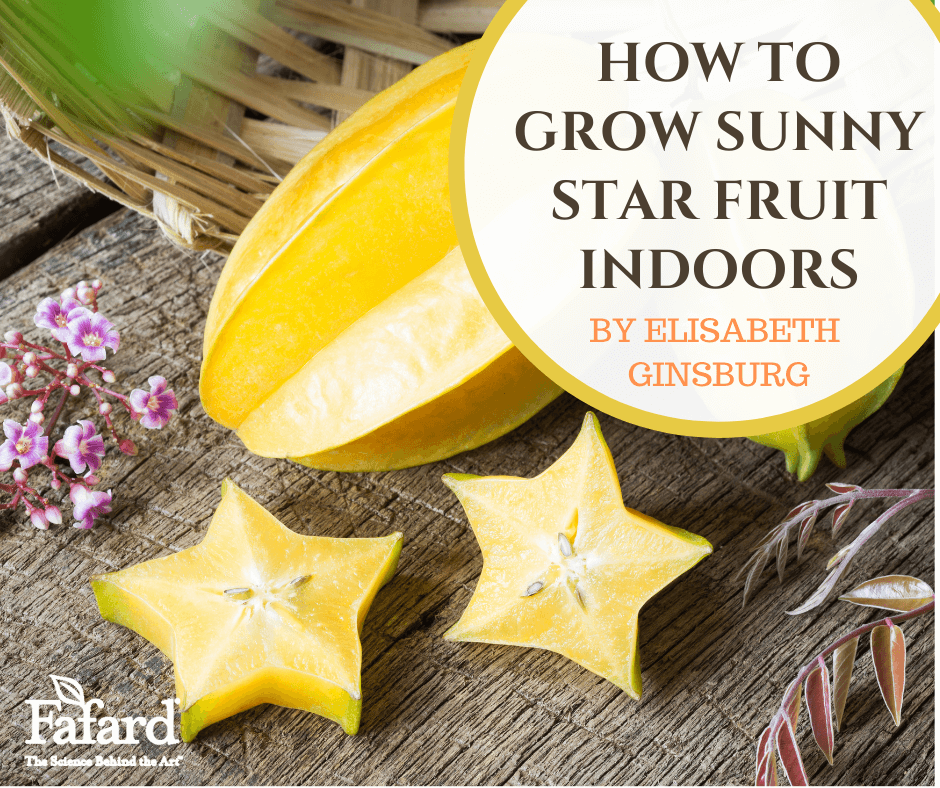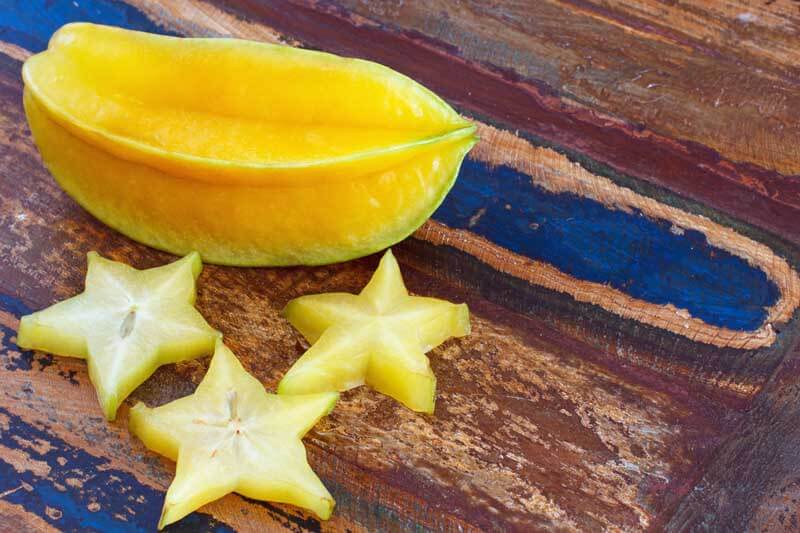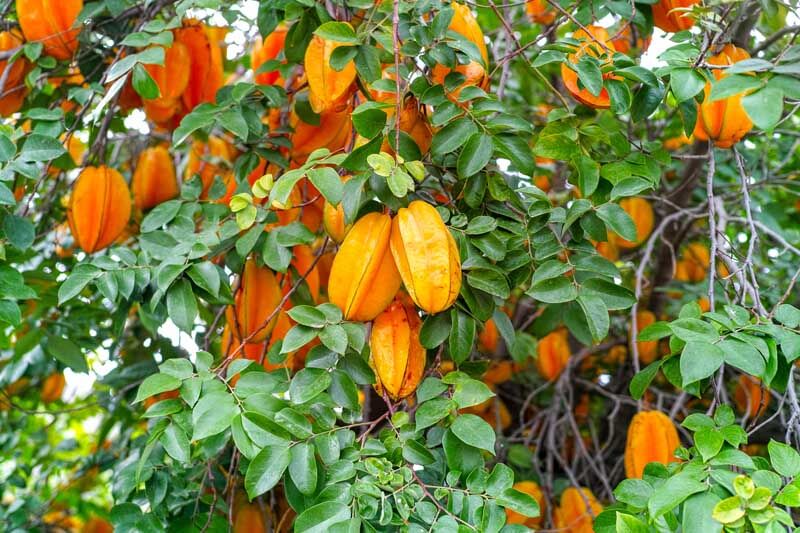
Palms are trending in indoor gardening circles because they are the ultimate multi-taskers, functioning simultaneously as architectural elements, air cleaners, and silent promoters of peace and calm. With their pleasing green fronds and compatible natures, palms are among the best plants for enhancing living spaces of all sizes.
Palms Defined
Technically speaking, palms are plants in the palm (Arecaceae) family and are native to tropical or subtropical environments throughout the world. True palms are generally characterized by fronds of long evergreen leaves that sprout from unbranched stems. Some popular plants that are billed as “palms” and bear characteristic green fronds are only masqueraders that belong to other plant families. Some of these palm wannabes are ponytail palm (Beaucarnea recurvata) and sago palm (Cycas revoluta)–both excellent houseplants.
Palm Basics
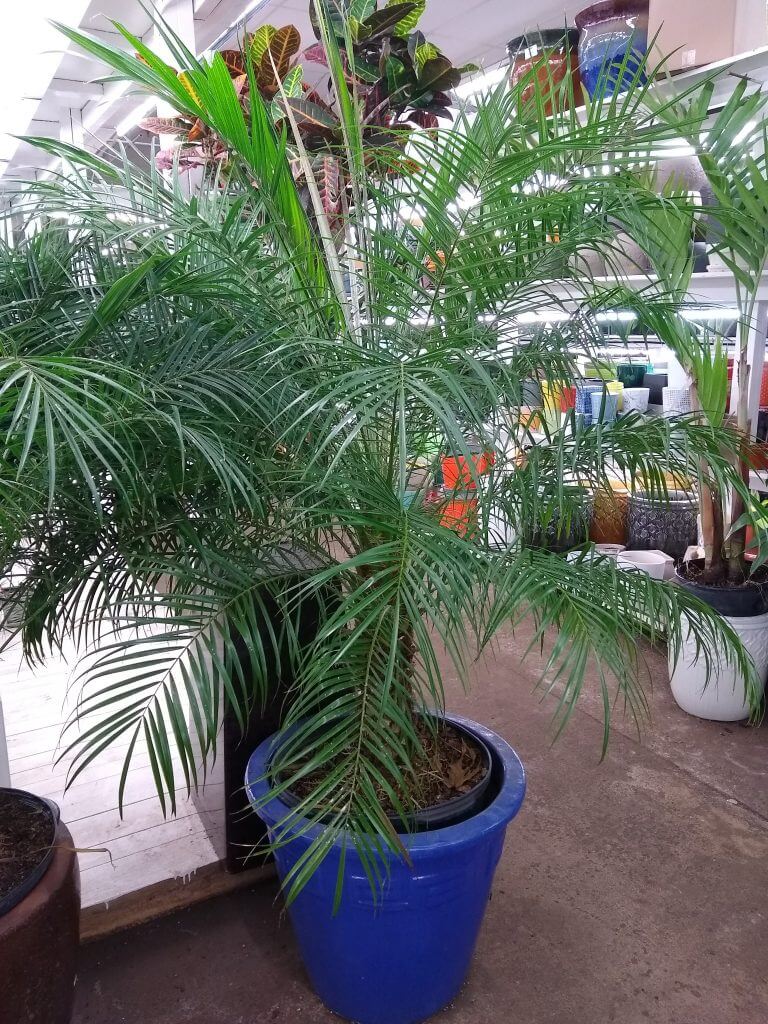
Most indoor palms have similar needs, including bright direct or indirect sunlight; well-drained soil; and temperatures that never fall below 50 degrees Fahrenheit. Good soil with good fertility and excellent drainage, such as Fafard Professional Potting Mix, is essential. “Wet feet”, which result from overwatering and poor drainage, will kill palms quickly. Generally speaking, water only when top few inches of potting soil feel dry. The early effects of consistent overwatering will show up in the form of yellowing leaves. Conversely, if your palm is thirsty and needs more water, the ends of the leaves will start to turn brown.
Starting Your Palm on the Right Foot
When you buy a palm, you will probably want to replace the container it came in with something that fits your indoor décor and suits the palm’s growing needs. Choose a container that has drainage holes in the bottom and is a few inches larger than the palm’s root ball. Add your potting soil to the bottom of the pot so that the root ball sits 1 to 2 inches below the container’s rim. (The extra top space will provide room for water.) Fill in around the sides with more of the potting soil, gently pressing it down as you go. To provide the humidity that many palms crave, set the new container on a tray or saucer filled with pebbles and water. Mist periodically.
Palm Maintenance

If the palm is relatively compact and can be moved, it will happily vacation outside through the warmer growing months. Be sure to position the plant in indirect light and bring indoors when night temperatures start to dip below 60 to 55 degrees Fahrenheit.
Prune dead leaves off your palm as they appear, but do not prune the top where new growth appears, as it will not re-grow. Though palms flower in their native habitats, indoor container specimens will almost never flower. They are prized on the strength of their stunning foliage.
Palms available in nurseries and garden centers are sometimes only identified as “palm”. Though most palms have similar needs, it pays to ask the nursery or store manager for specifics–starting with the plant’s real name.
The following are some great palms for indoor cultivation.
Good Indoor Palms
Parlor Palm
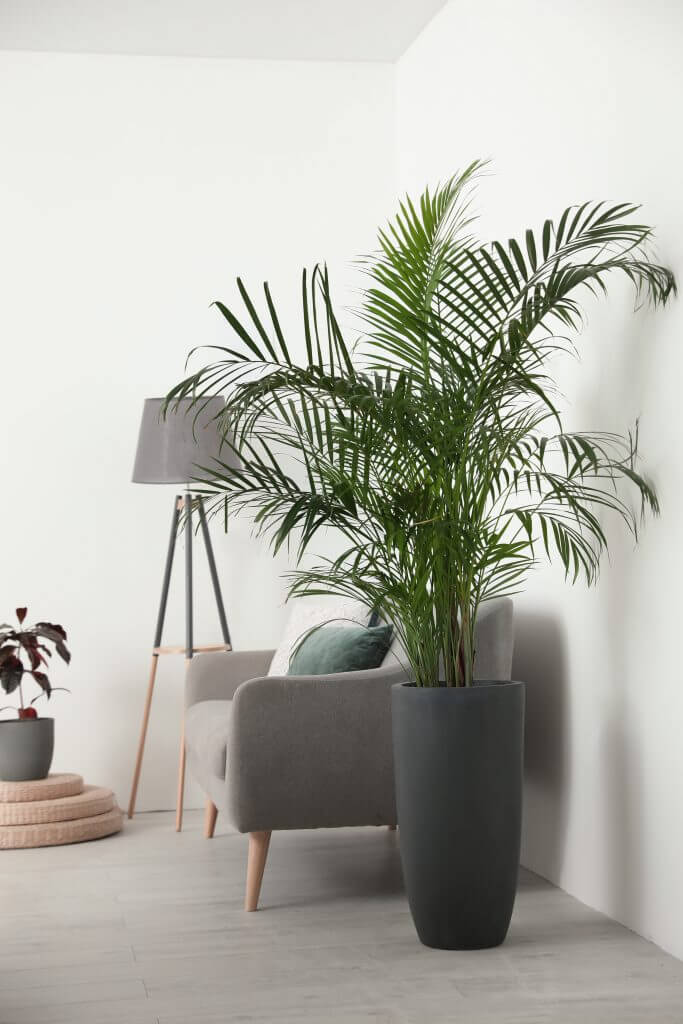
Native to Central America, parlor palm (Chamaedorea elegans) lives up to its “elegant” Latin species name. Individual specimens are slender so parlor palms are generally sold with several plants in a single container to create a bushier appearance. They are relatively compact, growing 2 to 6 feet tall, and 2 to 3 feet wide. They are happiest in bright, indirect light. The fronds are long-lasting and decorative, which also makes them useful for indoor flower arrangements.
Kentia Palm
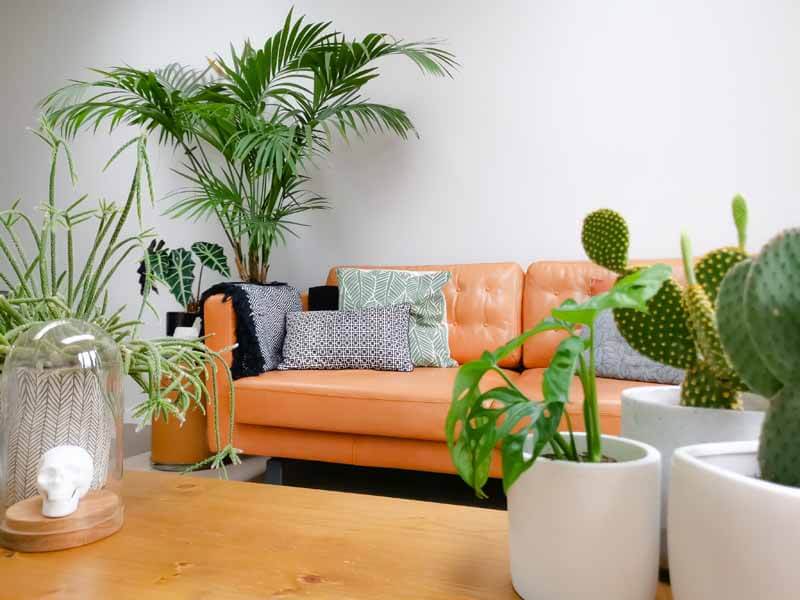
Beloved by England’s Queen Victoria, the kentia palm (Howea forsteriana and Howea belmoreana) is another that is generally sold with more than one plant per container. Its statuesque nature—up to 10 feet tall—and arching fronds make it perfect for entryways or corners of rooms with high ceilings. This trait has contributed to one of its other common names, sentry palm. Of the two popular species, the belmoreana type is somewhat shorter with fronds that are more erect. Though a little more tolerant of less-than-tropical temperatures, kentia palms still prefer temperatures above 55 degrees Fahrenheit.
Bottle Palm
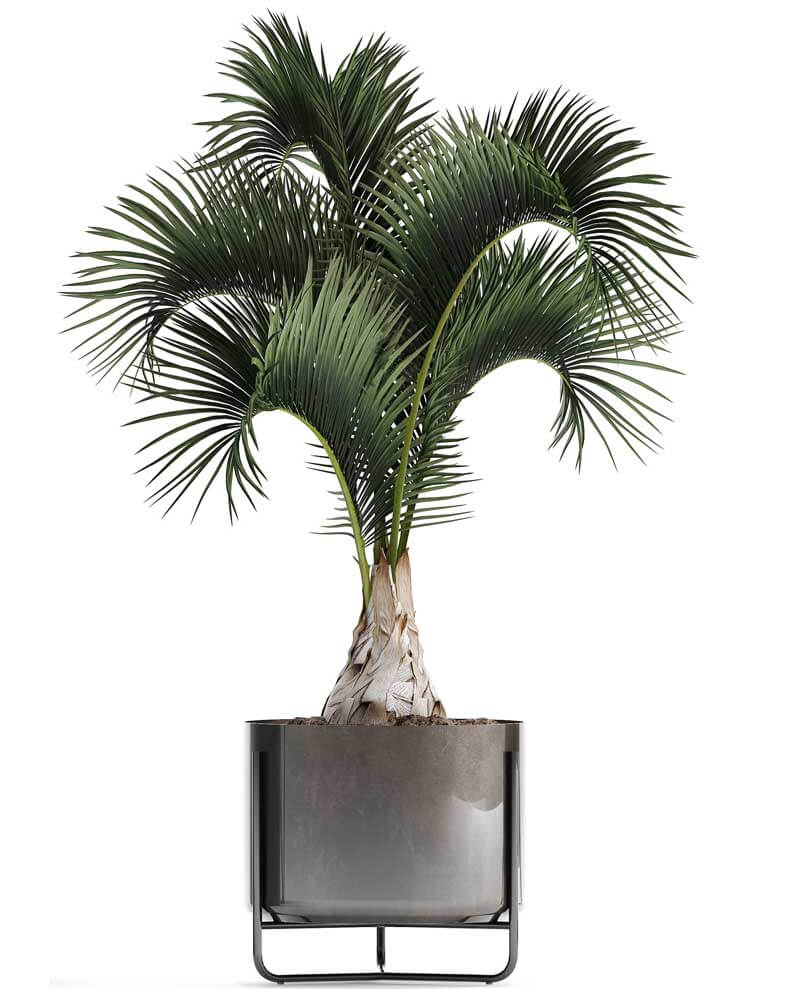
The somewhat compact bottle palm (Hyophorbe lagenicaulis), which can reach between 5 to 7 feet tall, has a slow growth rate that adds to its attraction as a house plant. The gray, bottle-shaped trunk, which gives rise to the common name, supports a vivid green main stem bearing large, arching fronds. Bottle palm is native to Mauritius and Madagascar and is distinguished by its graceful habit.
Pygmy Date Palm
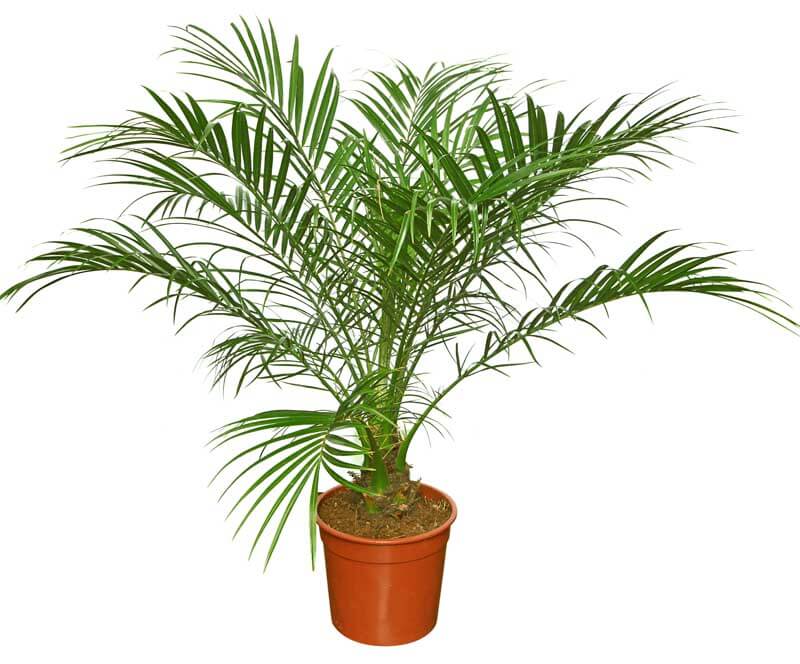
A full-grown pygmy date or miniature date palm (Phoenix roebelenii) reaches 6 to 10 feet but grows slowly within the confines of a large container. The Southeast Asian native features a nubbly brown trunk that produces arching branches laden with slim, feathery fronds, giving the plant a delicate almost fern-like look. While the name promises fruit, the roebelenii species’ fruits—when they are produced on an indoor specimen–are rather seedy with little flesh.
Chinese Fan Palm
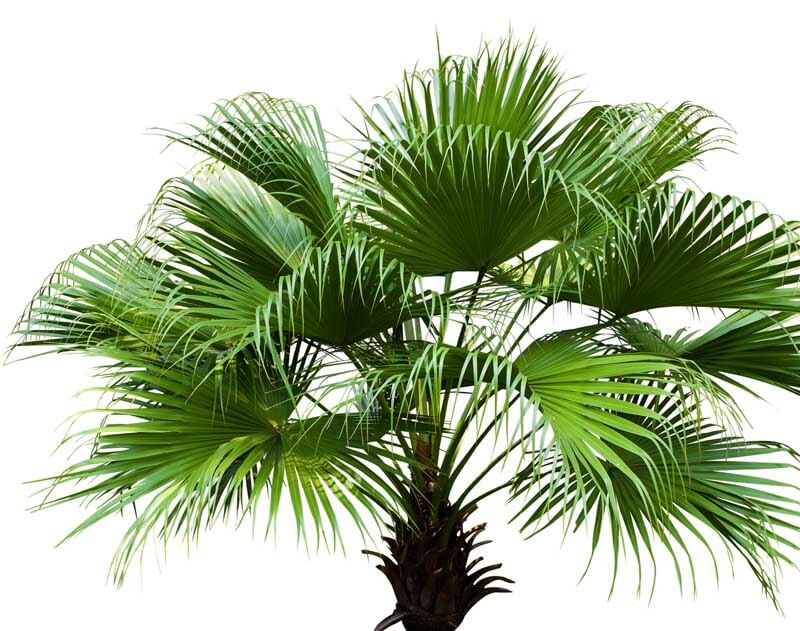
Chinese fan palm (Livistona chinensis), also known as Chinese fountain palm, is distinguished by its exuberant rounded “fans” of slender leaves that bend, fountain-like towards the floor. The Asian native is a slow grower and reaches impressive heights in the wild. Indoors, it may eventually reach 10 feet tall, but will take years to do so.
Windmill Palm
A horticultural relic of the Victorian era, when it was extremely popular, windmill palm (Trachycarpus fortunei) is another “fan” –type specimen with a relatively luxurious crown of green, leafy “fans” atop a slender trunk. Native to China, a windmill palm will top out at 5 to 6 feet tall, fitting comfortably in a large container.



